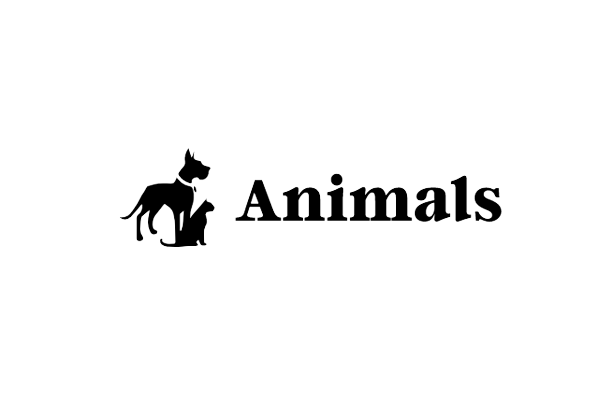The Iberian Lynx (Lynx pardinus) is a remarkable species native to the Iberian Peninsula. With its unique characteristics and elusive nature, it has captivated the attention of nature enthusiasts and researchers alike. This article delves into the world of the Iberian Lynx, exploring its habitat, conservation status, diet, reproduction, and its complex relationship with humans.
Introduction
Introducing the Iberian Lynx, a felid species endemic to the Iberian Peninsula, characterized by its stunning coat pattern and distinctive tufted ears. Despite its beauty, this feline faces numerous challenges, making it a subject of significant conservation efforts.
2. Overview of the Iberian Lynx
The Iberian Lynx is a medium-sized wildcat, measuring around 80 to 130 centimeters in length, with a short tail and robust body. Its fur is predominantly spotted with variations of yellowish-brown and gray shades. The male lynx is typically larger than the female, weighing between 10 to 15 kilograms.
Habitat
This elusive species primarily inhabits the Mediterranean scrubland and woodland areas of the Iberian Peninsula. It prefers dense vegetation that provides cover for hunting and protection, such as scrub, heathlands, and cork oak forests.
Conservation Status
The Iberian Lynx is critically endangered, facing numerous threats to its survival. Understanding these threats and implementing conservation measures is crucial for the species' long-term survival.
Threats
Habitat loss, fragmentation, and degradation pose significant challenges to the Iberian Lynx. Human activities such as urbanization, agriculture, and infrastructure development encroach upon its natural habitat. Additionally, the decline in its main prey species, the European rabbit, due to diseases and habitat loss, further exacerbates the challenges faced by the lynx.
Conservation Efforts
Conservation organizations and governmental agencies are actively engaged in efforts to protect and restore the Iberian Lynx population. These initiatives include habitat restoration, captive breeding programs, and monitoring the lynx population dynamics. The reintroduction of the lynx into suitable habitats has shown promising results, leading to population growth in specific regions.
Diet and Hunting Habits
The Iberian Lynx is a skilled and opportunistic hunter, primarily preying on the European rabbit. Its diet also includes other small mammals, such as rodents and birds. With its keen senses and remarkable agility, the lynx uses stealth and patience to stalk and capture its prey, relying on its strong jaw and sharp retractable claws for a successful hunt.
Reproduction and Life Cycle
The reproductive cycle of the Iberian Lynx is tightly linked to the availability of prey. Breeding usually occurs between December and February, resulting in the birth of kittens between March and April. The female lynx gives birth to a litter of one to four kittens in a well-hidden den. These kittens are born blind and helpless, relying entirely on their mother for nourishment and protection. As they grow, the mother teaches them essential hunting skills, and by the age of seven to ten months, they become independent and start exploring their surroundings.
Interaction with Humans
Cultural Significance
The Iberian Lynx holds a special place in the cultural heritage of the Iberian Peninsula. It has been revered in folklore, literature, and art, symbolizing the untamed spirit of the region's wilderness. Its presence in indigenous stories and traditions has contributed to its iconic status among the local population.
6.2 Human Impact
Human activities have had a significant impact on the Iberian Lynx population. Habitat destruction, road accidents, and illegal hunting have all taken a toll on this endangered species. However, there has been a shift in public awareness, with increased efforts to protect the lynx and its habitat. Conservation initiatives and education campaigns aim to promote coexistence and mitigate the threats posed by human activities.
Future Prospects
Despite the challenges faced by the Iberian Lynx, there is hope for its future. Conservation efforts, such as habitat restoration and captive breeding programs, have shown promising results. The population of the Iberian Lynx has slowly increased in recent years, highlighting the potential for its recovery. Continued dedication to conservation, along with sustainable land management practices, is crucial for the long-term survival of this magnificent species
Conclusion
The Iberian Lynx stands as an emblem of resilience and adaptability. It thrives in the face of adversity, exemplifying the delicate balance between nature and human presence. As we strive to protect and conserve this remarkable species, we must recognize the value of preserving biodiversity and safeguarding our shared ecosystems.
FAQs
How many Iberian Lynxes are left in the wild?
- Currently, the estimated population of the Iberian Lynx in the wild is around 400 individuals.
What is the main threat to the Iberian Lynx?
- Habitat loss and the decline of its main prey species, the European rabbit, are the primary threats to the Iberian Lynx population.
Are there any protected areas for the Iberian Lynx?
- Yes, several protected areas have been established to safeguard the habitat of the Iberian Lynx, including national parks and nature reserves.
Can the Iberian Lynx be found outside the Iberian Peninsula?
- No, the Iberian Lynx is endemic to the Iberian Peninsula and cannot be found in any other region.
How long do Iberian Lynxes live in the wild?
- In the wild, Iberian Lynxes typically have a lifespan of around 10 to 12 years.




0 Comments